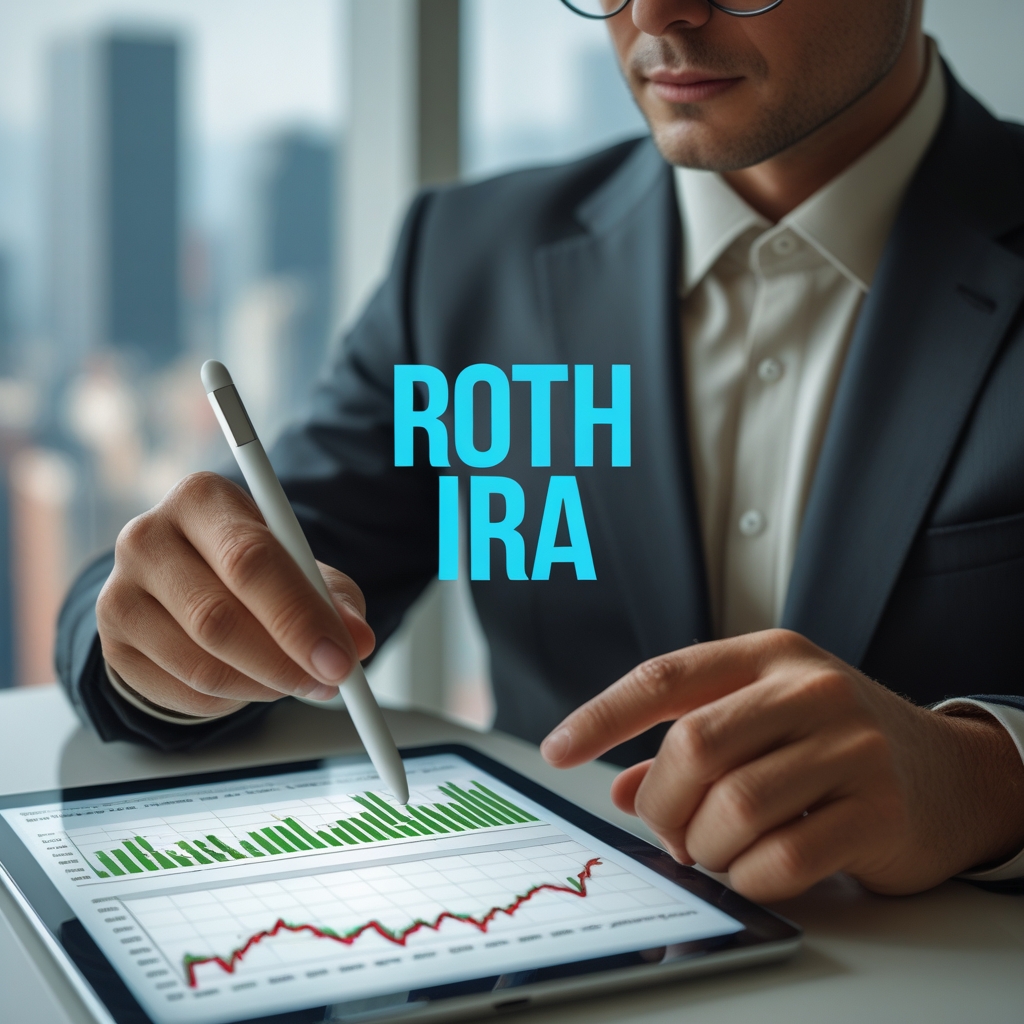What Is Digital Provenance Using Blockchain – Building Trust and Transparency in the Digital Age
Introduction – understanding the value of digital authenticity
What is digital provenance using blockchain? It’s a breakthrough concept that combines blockchain’s transparency with the growing need to verify digital ownership and authenticity. In simple terms, digital provenance is about tracking the history, origin, and movement of digital assets—whether it’s an artwork, document, or product data. By using blockchain technology, every transaction or change is recorded in a tamper-proof way. This not only protects creators and consumers but also builds trust in a world where digital manipulation and counterfeiting have become serious concerns.
Explaining what digital provenance means
Digital provenance refers to the detailed record of where a digital asset comes from, how it’s been modified, and who has owned it. In the digital economy, this concept is crucial because it helps confirm authenticity, prevent fraud, and ensure ethical sourcing. Traditional systems often rely on centralized databases that can be altered or hacked. However, with blockchain, digital provenance becomes verifiable, immutable, and transparent. This is why industries in the USA and globally are adopting blockchain provenance systems to protect intellectual property, digital art, and supply chain data.
How blockchain enables digital provenance
Blockchain is the backbone that makes digital provenance reliable. Every digital asset or transaction can be assigned a unique cryptographic signature, stored on a decentralized ledger. Each time that asset changes hands or is updated, the blockchain adds a new block to the chain—creating a permanent history that can’t be erased or falsified. This means anyone can trace the origin and lifecycle of a digital file with complete confidence. From verifying artwork ownership to ensuring supply chain integrity, blockchain gives digital provenance real-world credibility.
Key features of digital provenance using blockchain
What makes digital provenance using blockchain so powerful are its core features:
-
Transparency: All records are publicly verifiable and accessible.
-
Immutability: Once data is added to the blockchain, it cannot be changed or deleted.
-
Decentralization: No single entity controls the data, reducing manipulation risk.
-
Traceability: Every transaction or transfer is recorded with time-stamped accuracy.
-
Security: Cryptographic encryption ensures that the provenance data remains tamper-proof.
Together, these features create a secure ecosystem where authenticity is guaranteed and digital trust is strengthened.
Why digital provenance is important
In today’s digital world, authenticity and ownership are more valuable than ever. From NFTs and digital art to scientific research and luxury goods, proving where something came from is essential. Digital provenance using blockchain eliminates the need for intermediaries, reduces fraud, and provides complete traceability. For creators, it safeguards intellectual property. For consumers, it ensures they’re getting genuine and ethically sourced products. In the USA, companies are increasingly adopting blockchain-based provenance systems to enhance transparency and strengthen brand reputation.
Applications of digital provenance using blockchain
Digital provenance powered by blockchain is already transforming various sectors:
-
Art and NFTs: Artists can prove originality and ownership of their digital works.
-
Supply chain management: Businesses can track materials from origin to customer.
-
Healthcare: Ensures authenticity of medical data and pharmaceutical supply chains.
-
Education: Protects academic credentials and certificates from forgery.
-
Media and journalism: Validates sources and prevents misinformation.
Each of these applications shows how blockchain-backed provenance is driving a new era of trust and accountability in digital transactions.
Benefits of blockchain-based digital provenance
Using blockchain for digital provenance offers numerous benefits beyond simple recordkeeping. It enhances efficiency by automating verification processes, reduces fraud by removing opportunities for tampering, and increases customer confidence. Businesses gain credibility by providing transparent proof of authenticity, while consumers enjoy greater assurance about what they buy or interact with. Moreover, governments and institutions in the USA are exploring digital provenance frameworks to ensure compliance, sustainability, and ethical sourcing in industries like energy, manufacturing, and food production.
Challenges in implementing digital provenance
Despite its promise, digital provenance using blockchain still faces challenges. Scalability and energy consumption remain technical hurdles. Integrating blockchain with existing legacy systems can also be complex. Moreover, ensuring user privacy while maintaining transparency requires careful design. However, ongoing innovations—like green blockchain solutions and privacy-preserving cryptography—are helping address these issues. As technology advances, these challenges are becoming more manageable, paving the way for widespread adoption.
Future of digital provenance using blockchain
The future of digital provenance looks bright as blockchain technology continues to evolve. Emerging technologies like AI, IoT, and quantum computing will strengthen data verification and interoperability. Imagine a world where every product, artwork, or document can be instantly verified for authenticity with a single scan. This future isn’t far away—many U.S. companies and startups are already building blockchain-based provenance tools for sustainable and transparent business models. Digital provenance using blockchain will become a foundation of digital trust across all industries.
Conclusion – building a trustworthy digital world
In conclusion, understanding what is digital provenance using blockchain reveals how technology can redefine authenticity, trust, and transparency. By combining blockchain’s immutability with provenance tracking, businesses and individuals can safeguard digital assets, reduce fraud, and enhance credibility. Whether it’s ensuring ethical sourcing or verifying digital art ownership, blockchain is enabling a more secure and transparent digital future. As adoption grows across the USA and beyond, digital provenance will play a key role in shaping a trustworthy, sustainable, and verifiable digital economy.















